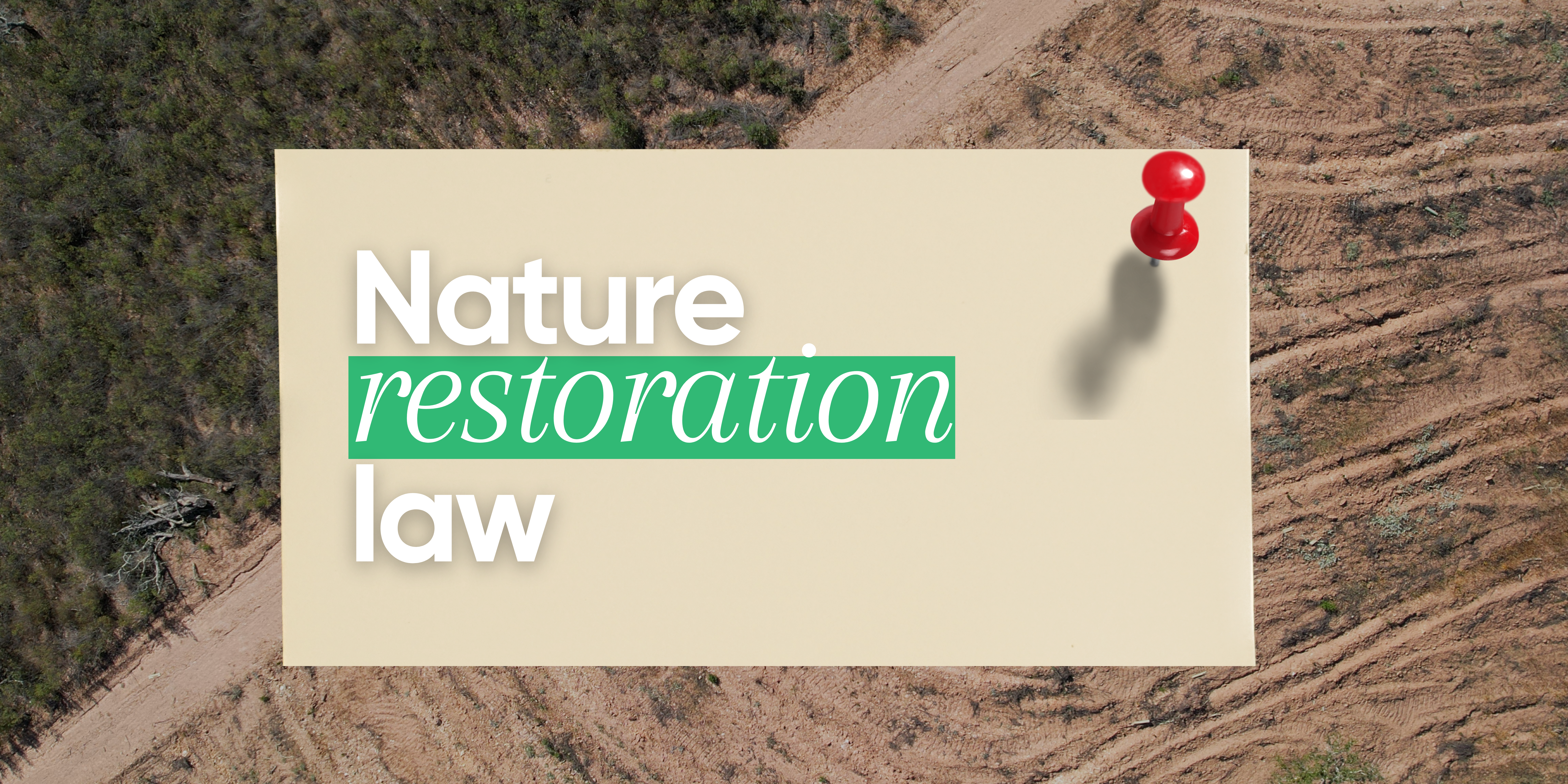The Nature Restoration Law comes into force: what does it imply?
On June 17, the European Parliament officially approved the Nature Restoration Law, marking a significant step towards the commitment to the preservation and restoration of nature in Europe.
Last Sunday, the 18th of August, the new law came into force in all countries of the European Union.
This groundbreaking law aims to restore degraded ecosystems, protect biodiversity, improve water quality, and enhance soil health.
Its main goal is to restore at least 20% of Europe's degraded land and sea by 2030 and all ecosystems in need of restoration by 2050. It is calculated that over 80% of European habitats are in poor shape.
What does it imply?
The Nature Restoration Law introduces both responsibilities and opportunities for member states and private or public landowners.
According to the law, EU countries have to first give priority to Natura 2000 areas and actively contribute to maintaining it in good condition once restored.
However, state members will have to put in place national restoration plans to restore all degraded ecosystems, including drained peatlands, rivers and oceans.
One of its main goals is to improve biodiversity in agricultural systems. In order to demonstrate it, member states will have to report on two of these three indicators: grassland butterfly index, the share of agricultural land with high-diversity landscape features, or the stock of organic carbon in cropland mineral soil.
Furthermore, the new law also demands no net loss of green urban spaces by 2030 and a minimum of 10% tree canopy cover in European cities.
According to the Commission, every 1€ spent on land restoration would bring back an economic benefit between 8 to 38€.
How Life Terra can help?
If you are looking to comply with these targets, at Life Terra we can help you achieve them. From integral ecosystem restoration projects to carbon removals and biodiversity credits, we can help you make your projects a reality while contributing to restoration goals.
Integral ecosystem restoration projects
Transforming your land into a vibrant forest ecosystem can significantly enhance local biodiversity, improve air quality, and mitigate the effects of climate change. We support reforestation projects as well as agroforestry, syntropic agriculture, food forests, and silvopastoral systems. Check more information here.
Carbon removals and biodiversity credits
Restored lands might become eligible for carbon removal credits or other environmental markets. Life Terra is involved in carbon removals that remove CO2 thanks to our large professional tree-planting projects in more than 25 European countries involving the local community in climate action. Check some of our most recent certified projects here.
Biochar
Biochar can play a crucial role in land restoration by significantly enhancing soil health and contributing to carbon sequestration, making it highly beneficial for landowners. Biochar can help restore degraded lands, making them more productive and sustainable and it is also a way to boost the circular economy of a farm by transforming waste into valuable resources. At Life Terra, we collaborate with Volterra Ecosystems for the production of biochar.
If you are interested in collaborating or obtaining more information, get in touch at contact@lifeterra.eu.
Restoring Earth's ecosystems is making our lives, homes and people safer and healthier. Let's plant together!
